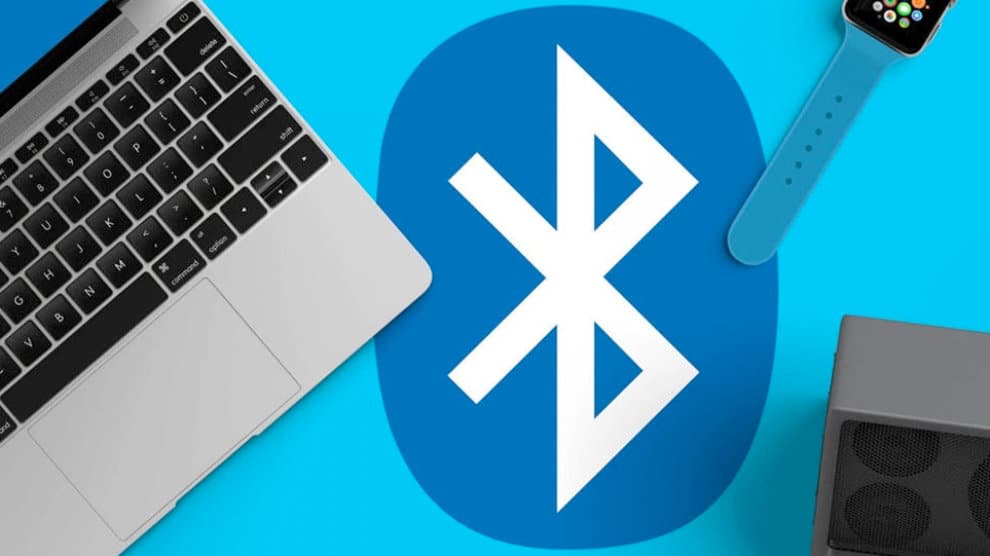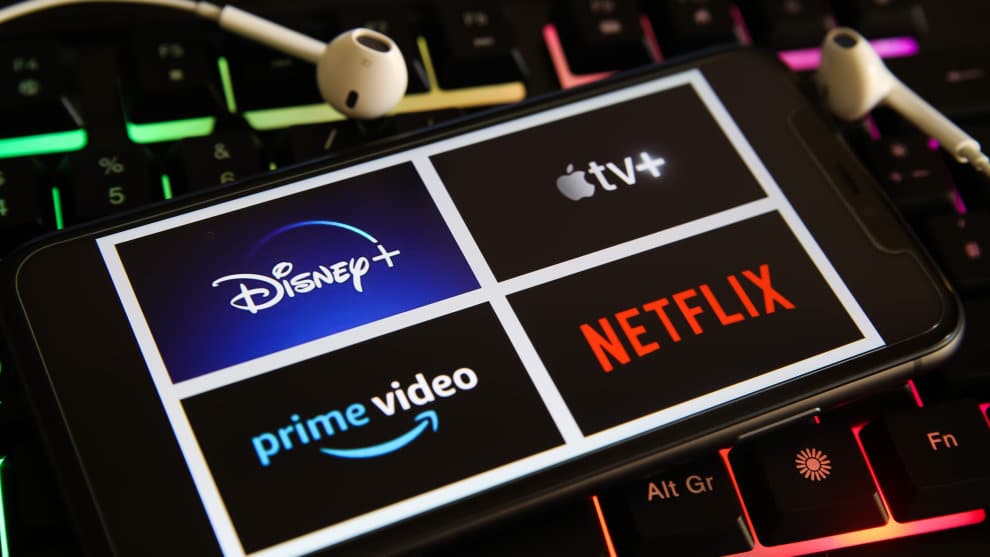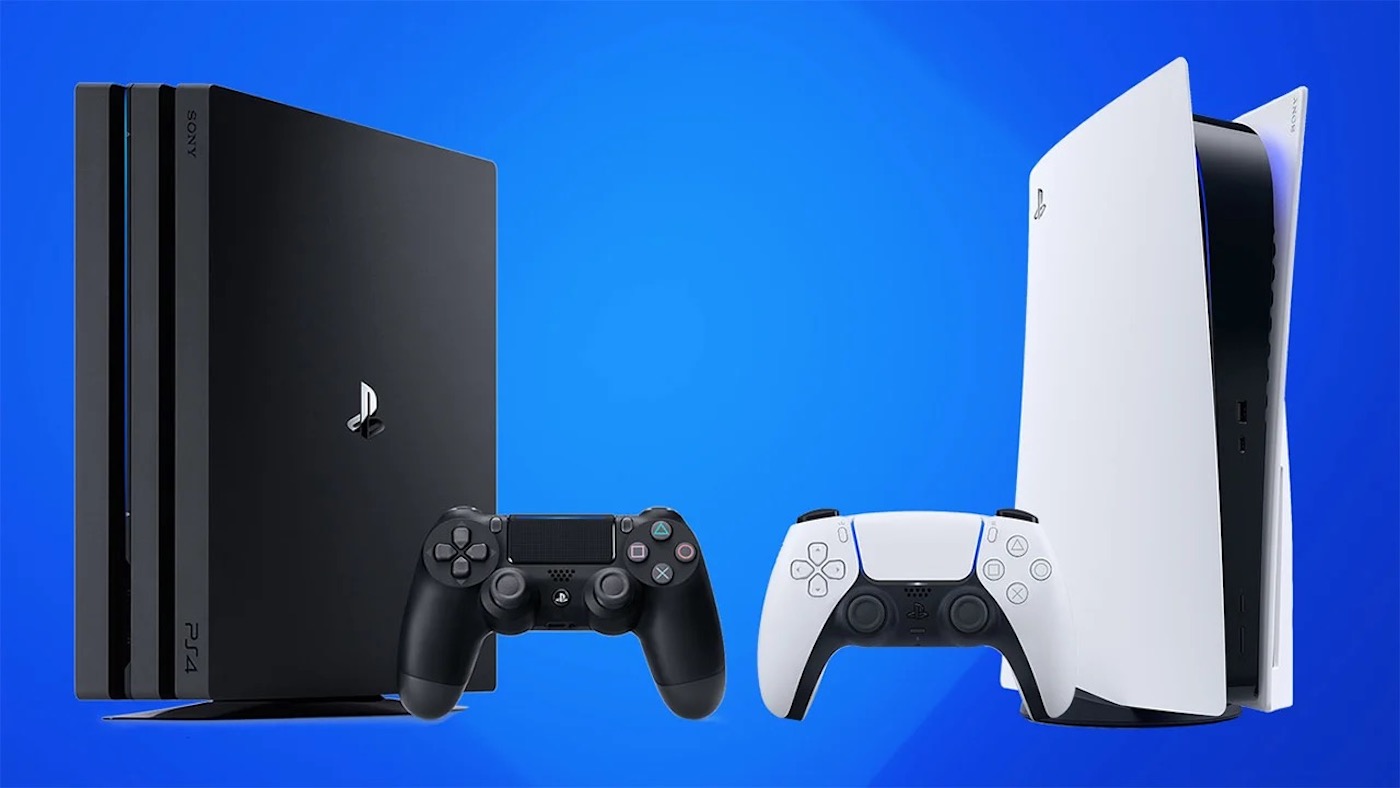It is everywhere and yet we cannot see it: how does Bluetooth work?
The Bluetooth constitutes an exceptional technological feat. Created in 1994 by the Swedish company Ericsson, the Bluetooth standard allows two electronic devices to connect to each other without the use of a cable. Unlike the NFC which is used in particular for contactless payment, a manual configuration to pair the two objects must be carried out beforehand.
Once the connection is made between the two devices, files can be sent from one to the other. These files can be audio, music, text, or even images. Magic ? Almost. These files are transmitted by waves that could be described and imaged as large multidirectional circles. On the electromagnetic spectrum, UHF (Ultra High Frequency) waves are used since Bluetooth operates at a wavelength between 2.484 (0.001) and 2.4 gigahertz.
Contents
Read also: NFC and smartphone: how does it work and what are the dangers of wireless technology?
How does the data transfer work?
The section of the spectrum on which Bluetooth operates is divided into 79 channels, each characterized by a different wavelength. The information transported being reduced and sent in bits, each channel actually has two wavelengths: one for 1 and the other for 0. The two paired objects are placed on a channel. The message to be transmitted is then grouped into packets of bits which travel from one device to another via the channel on which the two devices are placed. The carrier wave of the message is called carrier wave. Note that in order to avoid interference and interception of the message, the channel changes every 1600 seconds (yes it’s really huge). This is called frequency hopping.
The message sent is divided into three parts. The first 72 bits make sure that the device the message arrives on is the correct one. They are called the access code. Then, we find the header which is 54 bits and contains information on the data transmitted. Finally, the last bits are the information itself. Their number varies depending on the data exchanged. All this maneuver is made possible by the presence of a Bluetooth microchip directly integrated into electronic devices. In addition to its role in the transmission of the message and its security, the microchip limits parasitic noise. Convenient for wireless headphones and headsets in particular.
From Bluetooth 1.0 to Bluetooth 5.0
Since its inception in the late 90s, Bluetooth has been perfected. Where Bluetooth 1.0 had a transfer speed of just 1MB / S (megabits per second), a range of just 10 meters and was not used by manufacturers, Bluetooth 5.0, which appeared in 2016, has tripled the transfer speed while consuming less power, has a range of up to 240 meters without obstacles and is built into almost all electronic devices. In barely twenty years, Bluetooth has established itself as a reliable, efficient and practical technology, making itself indispensable. In December 2019, the Bluetooth 5.2 turned out to be a further advancement as the low-power Bluetooth now has an audio profile. You will understand that we have not finished hearing about Bluetooth. Except now you know how it works.



